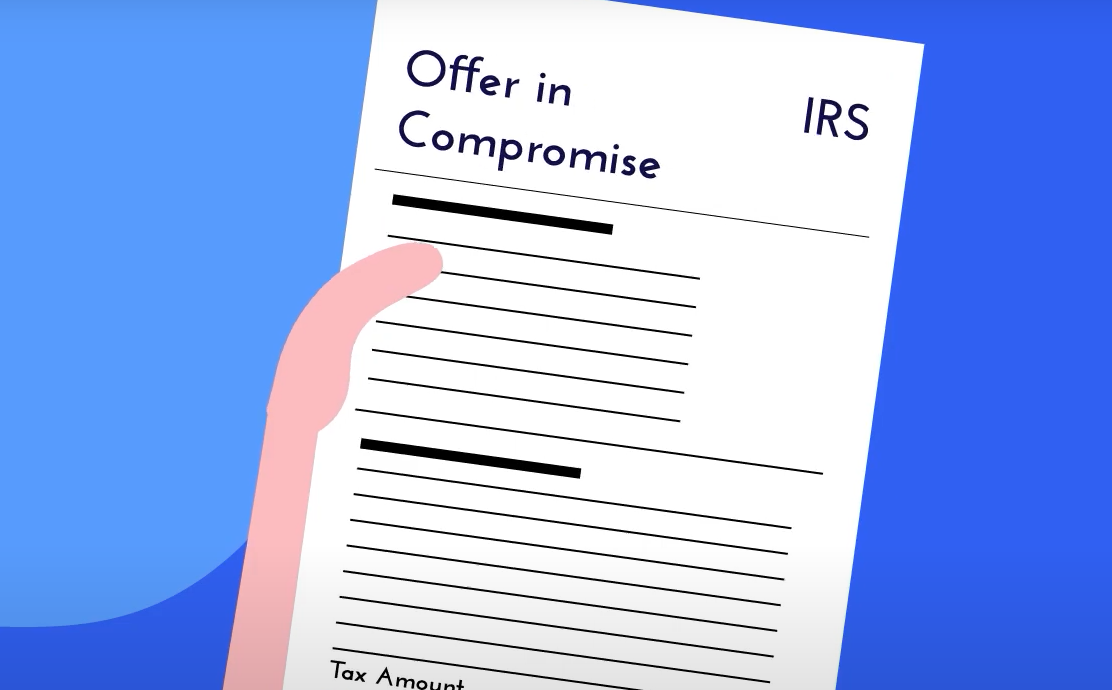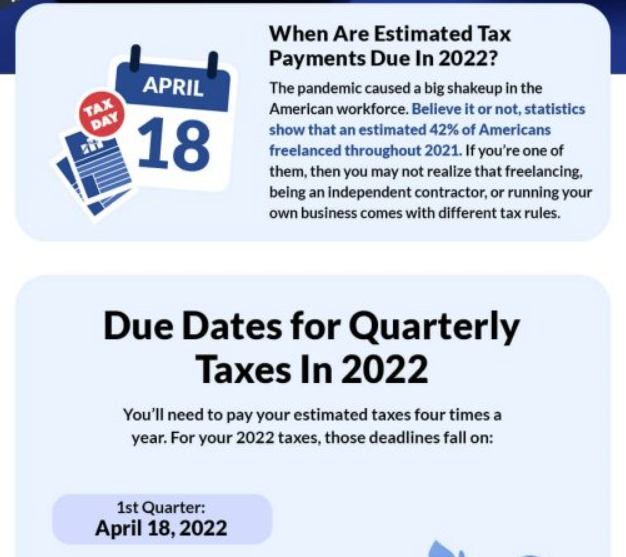 Did you miss out on the special COVID-19 tax-deductible donations credit in 2021? Thanks to the CARES Act, Americans could deduct a whopping $300 for cash contributions they made to qualifying public charities in 2020.
Did you miss out on the special COVID-19 tax-deductible donations credit in 2021? Thanks to the CARES Act, Americans could deduct a whopping $300 for cash contributions they made to qualifying public charities in 2020.
The bad news is that that special credit won’t be available for 2022 and beyond unless Congress decides to extend it. The good news is that there are other tax-deductible donations you can make regardless of the year.
If you want your donation to have the maximum impact and help you along with your taxes, you’ll need to make sure that you donate to a qualified organization. Next, you’ll need to document your contributions and note them when you file your taxes.
Do you need more information about which donations are tax deductible? Follow along below; we’ll show you everything you need to know.
Are Donations Tax Deductible?
If you’ve never made a donation before, you may have more questions about why and how these charitable contributions are tax deductible. So, before we go further and discuss the topic, we need to answer the question: Are donations tax deductible?
In a nutshell, yes, many donations are tax deductible if they are made to qualified organizations. There is also a charitable donations tax deduction limit that businesses and individuals need to be aware of. The reason why the IRS decided to make charitable contributions tax deductible is because it subsidizes giving. This provides benefits to those who need it and lowers the cost of making donations. Tax deductions, in theory, would increase giving, which would allow charities to help even more people.
Qualified Organizations: An Overview
Not all donations are tax deductible, though. According to IRS tax code section 170(c), only contributions to qualified organizations will count. The timing of your donation also makes a difference; to be tax deductible, you’ll need to make that donation within the tax year you’re filing for.
For instance, if you made a donation in 2020, then you’d need to file that donation on your 2020 tax return when you file it in 2021. If you don’t or you forget to note the donation, then you won’t be able to get the deduction on future returns.
So, what types of organizations are covered under the IRS codes? Let’s go over a few of the most commonly asked about organizations below:
Are Political Donations Tax Deductible?
One common question that taxpayers often ask is, whether political donations are deductible. Deductible political contributions are largely a myth. The truth is that political donations aren’t tax deductible at all.
Citizens and businesses are welcome to make political donations, but they won’t qualify as tax deductible no matter who you donate to. Similarly, any volunteer time or supplies you provide to a political organization cannot be deducted from your taxes, either.
Are Church Donations Tax Deductible?
The short answer is yes. Per IRS regulations, all churches, synagogues, and religious organizations are considered “qualified organizations.” Of course, these organizations must operate solely for religious and educational purposes to be considered a church, synagogue, or religious organization.
To deduct these donations, you’ll need to itemize the contribution on your IRS Schedule A form. This is important to know, though, because many taxpayers opt not to go through and itemize all their deductions. Instead, the common taxpayer will simply take the standard deduction set by the IRS. If you take the standard deduction, you won’t be able to deduct the donation.
Are GoFundMe Donations Tax Deductible?
In 2022, donating to those who need it is as simple as making a few clicks on the Internet. GoFundMe is one of the most popular internet donation sites where people can share their stories and ask for help. While similar platforms have helped countless citizens get back up on their feet, GoFundMe is not one of the qualified organizations listed by the IRS. Donations made to GoFundMe campaigns are considered “personal gifts,” rather than charitable donations. In other words, they are not tax deductible.
Limitations on Deductions
You won’t be able to deduct 100% of your charitable contributions. According to the IRS, charitable donations can be deducted up to 50% of your AGI without regard to net operating loss. AGI stands for adjusted gross income.
The 50% threshold applies to:
- Public charities
- Private operating foundations
- Certain private foundations that distribute the contributions to charities and private foundations within 2 ½ months of receiving it
- Certain private foundations that use the money and put it into a common fund
Charitable contributions to certain organizations, like fraternities, veterans groups, and cemetery organizations, are limited to deductions up to 30% of your AGI.
Tips to Ensure You Can Deduct Your Contribution on Your Taxes
To ensure that you can deduct your contributions, always make sure you’re donating to a qualifying organization first. Another important tip is to always keep track of your donations. After all, if you ever get audited, you’ll want that documentation to back up your claims. Finally, don’t forget to include volunteering or buying supplies for these qualifying organizations, too.
How to Make Tax-Deductible Donations
There’s a big reason why so many corporations make tax-deductible donations. These donations not only provide much-needed help to citizens and organizations in need, but they also provide some benefits to the organization making the donation.
If you’re hoping to make such a donation this year, then it’s important to understand what organizations qualify for the tax deduction. Next, you’ll need to make sure that you document the donation and make a note of it when you file your taxes.
Do you have more tax questions? Would you prefer to discuss your potential tax-deductible donations with a tax expert? If so, then our team of tax professionals can help. Fill out our online submission form or call us directly at (800) 264-1869 to discuss your situation in more detail with our experts.





 Most of us don’t want to pay taxes—the good news is that most of us don’t have to on Tax Day. Recent statistics show that only about
Most of us don’t want to pay taxes—the good news is that most of us don’t have to on Tax Day. Recent statistics show that only about
 Are you a notoriously late tax filer? Have you fallen behind on your taxes for more than a few years? If so, then you’re in good company. Experts suggest that about
Are you a notoriously late tax filer? Have you fallen behind on your taxes for more than a few years? If so, then you’re in good company. Experts suggest that about
 Over 11 million Americans currently owe a collective
Over 11 million Americans currently owe a collective 
 Almost half
Almost half 



 For
For 
 In 2020, the IRS levied over
In 2020, the IRS levied over